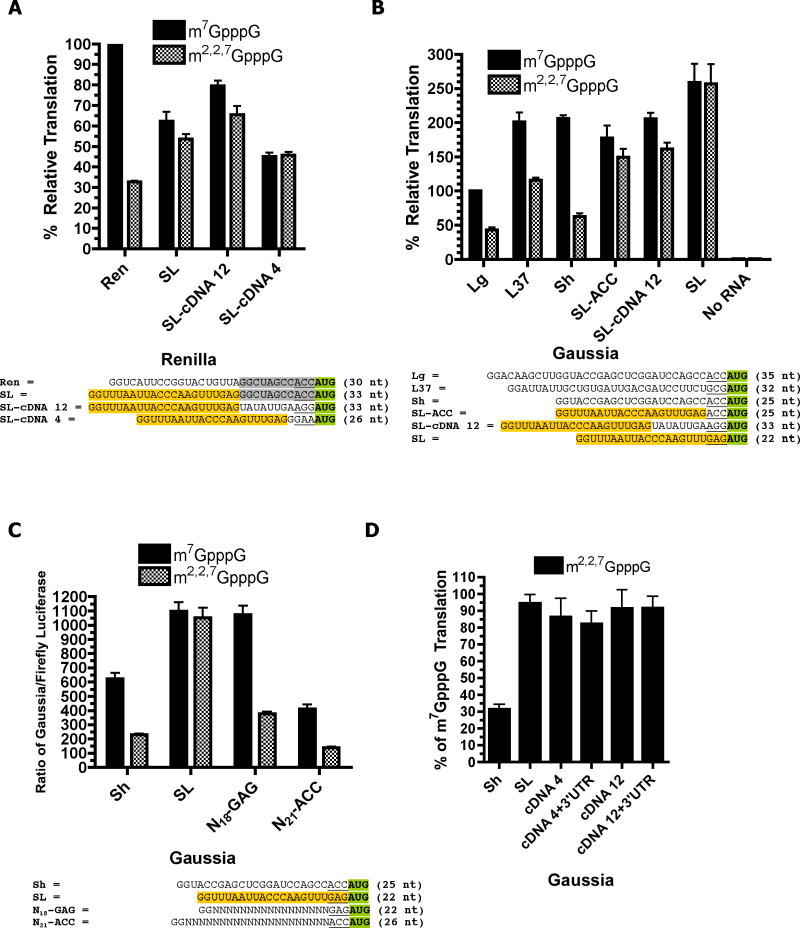Figure 3. Contribution of m7GpppG vs m2,2,7GpppG cap, SL, and different 5’ and 3’ UTRs to translation in Ascaris embryos.
The illustrated RNAs (see Suppl. Figure 1 for additional information on the RNAs) and a Firefly control reporter RNA were biolistically co-transfected into 32–64 cell Ascaris embryos and luciferase activity measured after 60–90 minutes using a Dual-Luciferase assay. Activity was normalized to the co-transfected Firefly RNA activity. Data illustrate representative experiments and show the mean and standard error derived from a minimum of triplicate transfections. A). Comparison of Renilla, SL-Renilla and native trans-spliced mRNA 5’ UTRs on the translation of a Renilla RNA reporter. Normalized luciferase activity derived from the m7GpppG-Ren RNA was set at 100%. B). Effect of 5’ UTR length and native sequence on the translation of a Gaussia RNA reporter. Normalized luciferase activity derived from the m7GpppG-Lg Gaussia RNA was set at 100%. C). Effect of a Gaussia, SL, and random nucleotide 5’ UTRs and their initiation context on translation of a Gaussia RNA reporter. D). Effect of the native trans-spliced mRNA 5’ UTRs and their homologous 3’ UTRs on the translation of a Gaussia RNA reporter. Note that values represent the percentage of translation obtained the identical RNA except with an m7GpppG cap. The sequences for the 5’ UTRs are illustrated in A-C and the 3’ UTR sequences are in Suppl. Figure 1.

